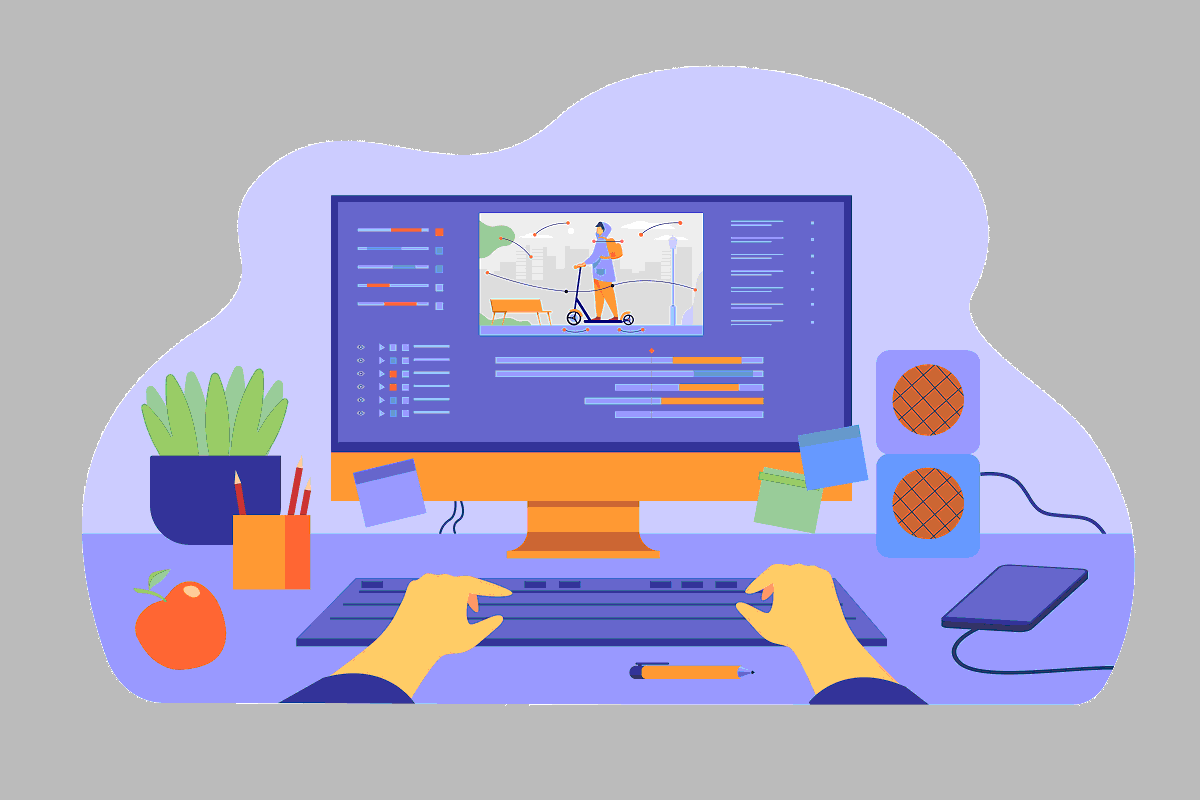
The Turing Test, named after British mathematician and computer scientist Alan Turing, is a benchmark for artificial intelligence. It is used to evaluate a computer system's ability to exhibit human-like intelligence in natural language processing and communication. In this article, we will explore the definition and history of the Turing Test, its performance and evaluation process, its advantages and limitations, advancements and criticisms, applications and implications, and the future of the Turing Test in computer science.
Definition and history of the Turing Test
The Turing Test was first proposed by Alan Turing in 1950 as a measure of a machine's ability to exhibit intelligent behavior that is indistinguishable from a human's. He stated, "The idea behind the Turing Test is that if a human judge cannot reliably tell the difference between a machine's responses and a human's, then the machine can be said to be intelligent."
Since its inception, the Turing Test has become the standard for evaluating artificial intelligence and has been used in computer science research and development for over 70 years. Despite its widespread use, the test has been subject to criticism and refinement over the years, as advancements in artificial intelligence and computer technology have pushed the boundaries of what is considered human-like intelligence.
How the test is performed and evaluated
The Turing Test is performed by having a human judge engage in a natural language conversation with both a human and a machine, without knowing which is which. The judge's task is to determine which of the two is the human and which is the machine based on their responses to a series of questions.
The evaluation of the test is based on the judge's accuracy in identifying the human and the machine. If the judge cannot reliably tell the difference, the machine is considered to have passed the Turing Test and to exhibit human-like intelligence.
Advantages and limitations of the Turing Test
The Turing Test has several advantages as a benchmark for artificial intelligence. Firstly, it provides a simple and easily understood evaluation method for AI systems. Secondly, it evaluates the ability of a machine to exhibit human-like intelligence, which is a key component of many AI applications.
However, the Turing Test also has several limitations. Firstly, it does not measure all aspects of intelligence, such as general knowledge, creativity, and problem-solving ability. Secondly, it is subjective, as the accuracy of the test depends on the ability of the human judge to correctly identify the human and the machine.
Advancements and criticisms of the Turing Test
Over the years, there have been many advancements and criticisms of the Turing Test. Some have argued that the test is no longer relevant in today's world of advanced artificial intelligence, as the test does not take into account the significant differences between human and machine intelligence.
Others have proposed alternative evaluations for artificial intelligence, such as the Lovelace Test, which measures a machine's ability to generate original and creative output, or the Coffee Test, which measures a machine's ability to perform everyday tasks in a human-like manner.
Applications and implications of the Turing Test
The Turing Test has a wide range of applications and implications in various industries, including customer service, education, healthcare, and entertainment. For example, the test has been used to develop chatbots for customer service, which can provide quick and efficient support to customers.
In education, the Turing Test has been used to develop AI tutors that can provide personalized learning experiences to students. In healthcare, the test has been used to develop AI systems that can diagnose and treat diseases, and in entertainment, the test has been used to develop AI-powered virtual assistants and personal entertainment systems.
Future of the Turing Test
The future of the Turing Test is a topic of much debate in the field of computer science and artificial intelligence. Some experts believe that as AI systems continue to improve, they will eventually surpass the capabilities of humans, making the Turing Test obsolete. Others argue that the test will remain relevant as a benchmark for human-like AI and that advancements in computing and natural language processing will continue to challenge AI systems.
One of the major challenges facing the Turing Test is the increasing sophistication of AI systems and the development of new AI technologies. For example, AI systems are becoming increasingly adept at recognizing and processing human speech, making it more difficult to distinguish between human and machine responses. Additionally, advances in machine learning and deep learning algorithms have made it possible for AI systems to generate highly convincing responses that are difficult for humans to distinguish from human-generated responses.
Despite these challenges, the Turing Test is likely to remain an important tool for evaluating AI systems and monitoring their progress. As the field of AI continues to evolve, the Turing Test will continue to be a valuable benchmark for human-like AI and a useful tool for researchers and practitioners alike.
Conclusion
In conclusion, the Turing Test remains a seminal concept in the field of computer science and artificial intelligence, providing a benchmark for evaluating the abilities of AI systems to mimic human intelligence. The test has been used for decades to evaluate the progress of AI and natural language processing, and continues to be an important tool for researchers and practitioners alike. Despite its limitations, the Turing Test remains a valuable tool for evaluating AI systems and monitoring their progress, and is likely to remain relevant for many years to come.
Computer Computer Science

